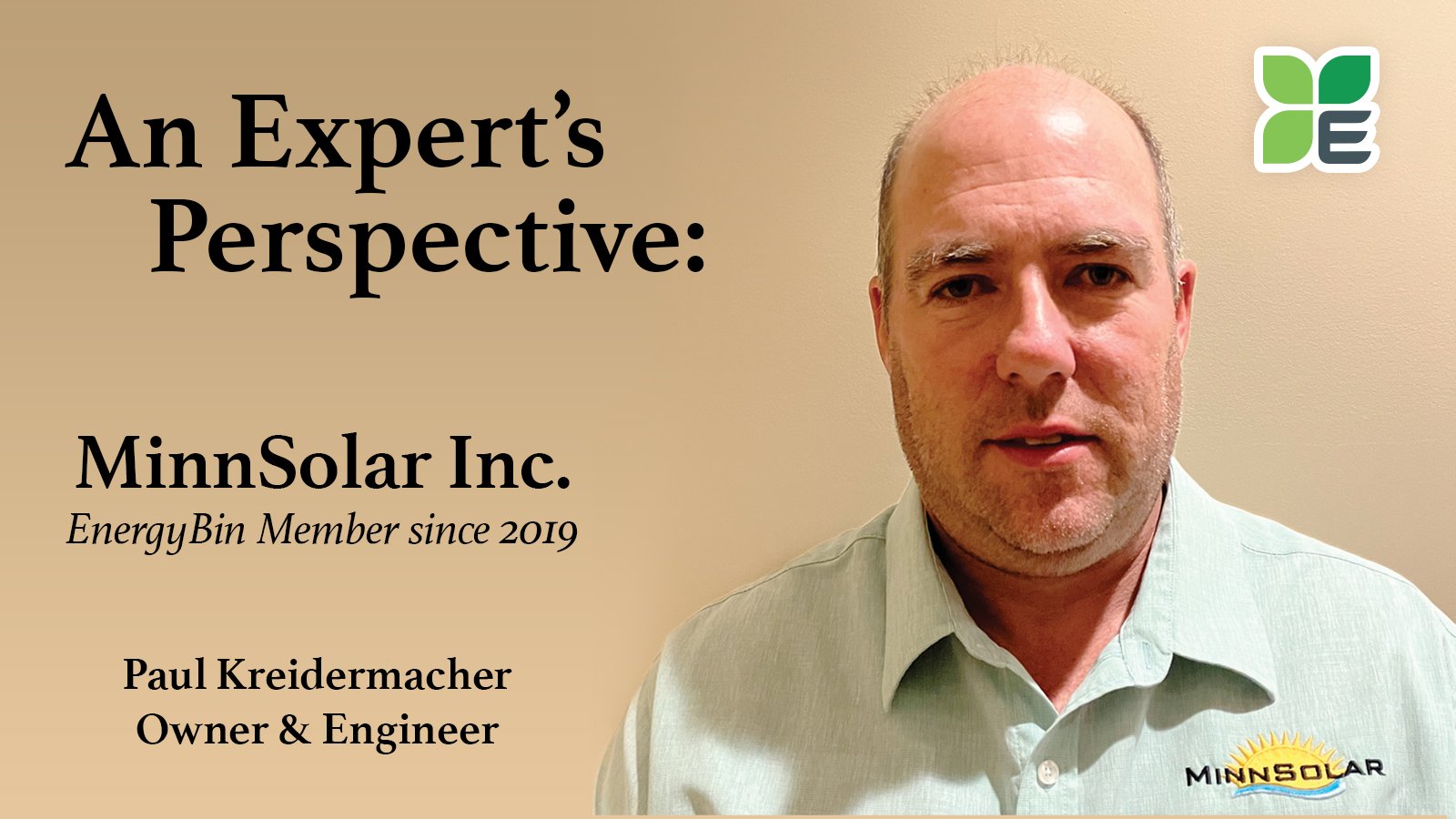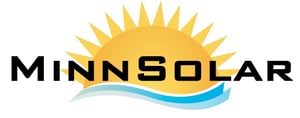In this exclusive interview, we had the pleasure of speaking with Paul Kreidermacher from MinnSolar Inc, a distinguished member of EnergyBin. As a certified master electrician with years of experience in the industry, Paul is not only passionate about renewable energy but also deeply committed to providing his customers with top-performing agricultural and C&I solar systems.
With his astute eye on the U.S. solar panel market, Paul closely monitors the latest trends and developments to ensure that his team sources quality modules that meet the specific needs of their customers. He understands the importance of using reliable and durable PV modules to maximize the efficiency and longevity of the solar systems his team builds.
EB: Describe the state of the module market today.
The module marketplace has been quite interesting to watch over the past year. Some modules such as residential modules have fallen by nearly 50 percent while others haven’t fallen in price nearly as much. With recent reports of companies like SolarEdge and Enphase seeing large reductions in orders throughout Europe, one would expect that the surplus in modules may continue to push prices lower. Of course, with more U.S. module manufacturers entering the marketplace and those seeking to take advantage of the IRA’s “Made in America” incentives, the U.S. module market will continue to see a wide array of prices.
EB: What are the hottest modules in the market today?
My customers heavily rely on my recommendations of what module brands and technology to select. Our company may shift procurement from standard C&I-style modules to residential modules because of the lower price as well as their compatibility with optimizers and microinverters. I have urged some module manufacturers to maintain their production of 450-500W mid-sized modules rather than producing the oversized 500-600W modules. C&I contractors who build fixed-tilt ground mount systems like us would prefer to stay in the 450-500W range. Ideally, we’d like to see a module in that range with its junction box positioned at the end of the module to provide superior wire management that meets NEC screening requirements for these types of systems.
EB: How would you describe the health of today’s supply chains, and how does your company mitigate supply chain risk?
The current module supply chain health appears to be better than ever. We have more and more channels across the country to access inventory from manufacturers to distributors and other suppliers. For many years, my company was pressured into buying modules a year in advance to secure price and availability. But that time is behind us. My company stocks thousands of modules at any given time, and we’re always monitoring the marketplace to ensure we don’t run into any supply chain problems.
EB: With respect to supply surplus, what can companies do to offset losses from holding distressed modules?
Obviously, companies holding distressed modules will have to continuously weigh out the marketplace to predict what’s yet to come. Some module brands or wattage ranges may remain desirable and be able to be sold without a loss while others may not fare as well.
EB: How can companies effectively plan for and manage pricing volatility?
Our strategy to manage pricing volatility is to ensure we carry module inventory to cover our current projects sold. There have been many times that we haven’t been too concerned if module prices have decreased after we purchased them because we’re purchasing our desirable sizes and brands. Although, not every developer or installer is able to carry inventory as some projects can take a year or more to develop.
EB: What’s the outlook for the module market?
I see the module market continuing to be very competitive, especially over the next 1-2 years. Manufacturers will continue to invest in “Made in America” module production. Those who enter the market first will likely succeed in carving out a spot for themselves. But with the competitive landscape and the current global surplus, module prices will probably stay low. All in all, I speculate that the entire solar industry in the U.S. will be booming over the next couple of years thanks to the influx of grant funds and tax incentives spurred by the IRA. Depending on state legislation across the country, the development of residential and C&I may lessen over time. If utility companies in any given state push hard to build solar themselves, the residential and C&I sectors will be stymied.
About MinnSolar
Founded in 2014, MinnSolar began as a weekend hobby to Paul’s electrical engineering career. Paul grew up on a farm, and therefore saw an opportunity to build agricultural solar systems that would maximize Minnesota’s 40-kilowatt net metering laws. Quickly, the hobby grew to more business than could be sustained by weekend builds, and Paul made the decision to transition into a full-time solar company. Ten years later, MinnSolar has become the largest builder of agricultural solar systems in southeast Minnesota. Paul is a certified master electrician in Minnesota, Wisconsin, and Iowa.



